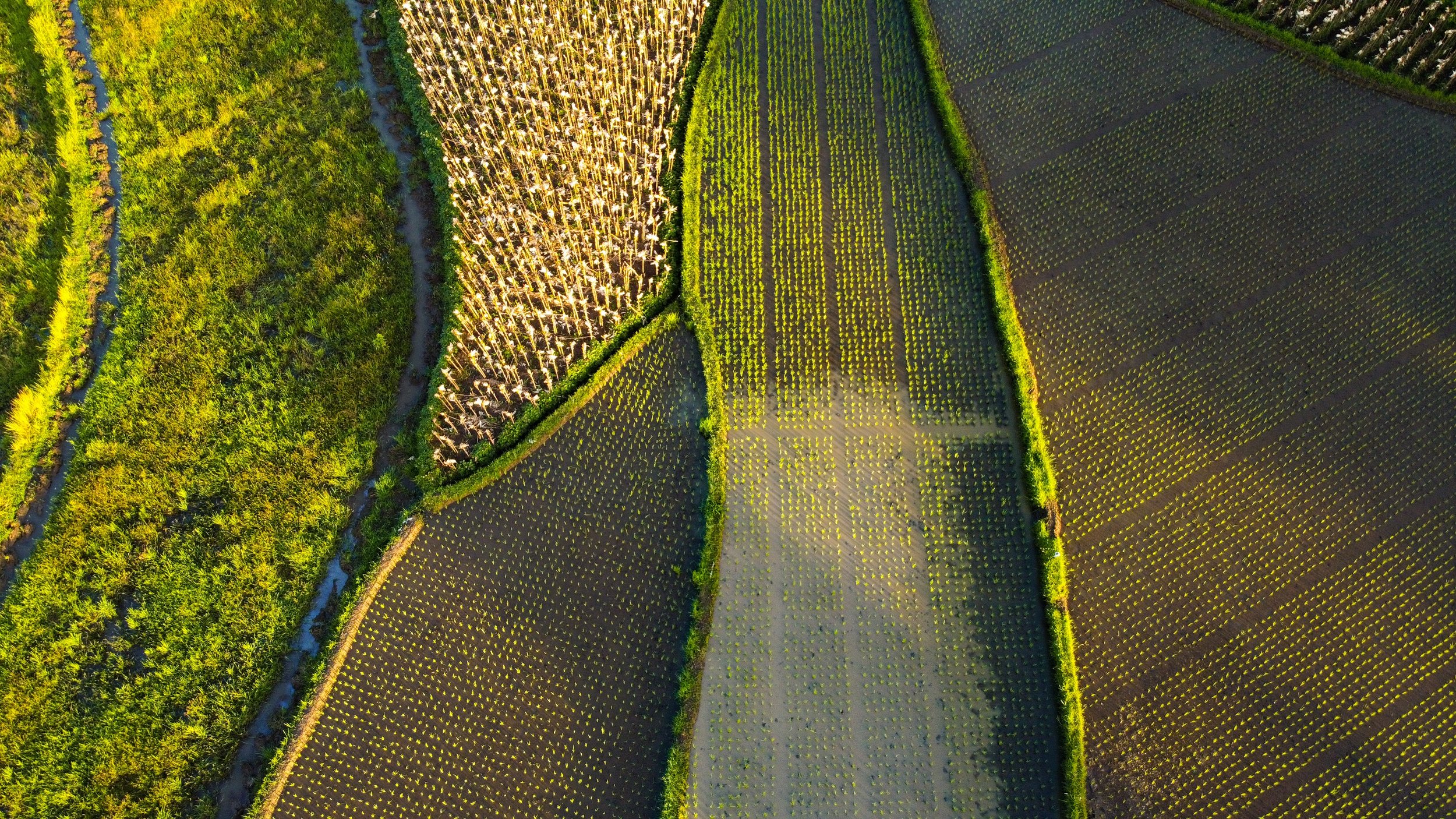Food Hubs and Farm to School: Policy and Impact Across the Food System
The October C-FARE webinar highlights two “almost direct to consumer” food distribution models. Our four panelists representing government (USDA) and research (University) discuss policy and marketplace impacts of Farm to School and Food Hubs. Both of these models of food system intermediaries reach across the food system from farm production through distribution to the consumer, whether that be an institution or an individual.
Agricultural Commodities, Livestock, & Specialized Crop Prices: Trends and Turnarounds
Prices of commodities, livestock, and specialized crops are important as they impact the economy, food security, rural communities, and the environment. Monitoring and understanding these prices are essential for governments, businesses, and individuals involved in agriculture and for policymakers and researchers studying the economic stability of global food systems.
The Challenge of Providing Safe and Accessible Food for a Healthy Life
In late 2021, a committee appointed by the leadership of the Agricultural and Applied Economics Association developed a white paper on the grand challenge to ensure that all people have safe, affordable, accessible, and acceptable food for leading a healthy and active life.
Underwater, in the Field, and in Our Homes Crops, Climate and Consumers
Climate change presents real threats to U.S. agricultural production, forest resources, and rural economies.
Food Security in the U.S. and Worldwide: What the Data Tell Us About Hunger and Policy
Food security is a fundamental human need which the U.S. has long sought to protect, using a variety of programs guided by key metrics that reflect and contribute to international measurements and global actions.
Food Shopping at Dollar Stores: The Changing Face of Food Retail, and What It Means for Consumers
Dollar stores are the fastest-growing food retailers in the contiguous United States and have doubled their share in rural areas in the past decade.
Global Food Security: What Have We Learned?
The C-FARE webinar in January focused on global food security, which is a necessary first step towards many other goals of U.S. foreign policy, as well as our humanitarian and environmental objectives
The 2021 Organic Survey: The Growth of Organic Production Continues
Organic production is a sustainable production system that does not involve the use of chemical fertilizers, pesticides, and other artificial agents.
The Complicated Nature of Today’s Inflation
The December C-FARE webinar focuses on the complexities of the inflationary period the U.S. is facing. Matthew MacLachlan, Michael Adjemian, and David Ortega will present an overview of their work on inflation as it relates to agriculture, food, and natural resources.
The Prevalence of Food Insecurity Across the U.S.
Food insecurity implies difficulty getting enough food at some time during the year. The causes are multifactorial and often include poverty, unemployment, low income, lack of affordable housing, chronic health conditions or lack of access to healthcare, and systemic racism and racial discrimination.
The Post-Pandemic Inflation, Supply chain Disruptions, and Businesses
Regulatory measures should target supply bottlenecks directly, when possible, alleviating labor shortages and streamlining the flow of products.













